Key Takeaways
- Raigeki, the first set release, showcases the game’s evolution with its board-clearing power despite its controversy and changing legality.
- Elder Entity Norden’s unconventional fusion mechanics led to bannable abuse within the game, creating a powerful and exploitable card.
- Trap Hole transformed into its own Archetype, while Mirror Force remains a popular and important Trap Card in Yu-Gi-Oh! due to its powerful defensive effect.
Yu-Gi-Oh! is one of the most well-known trading card franchises of all time. Its impressive spread of monsters and playstyles makes the series perfect for fans of all skill levels. However, perhaps one of Yu-Gi-Oh!’s most charming features is the way that cards take on a life of their own, earning reputations for their stats, designs, and abilities on and off the field.
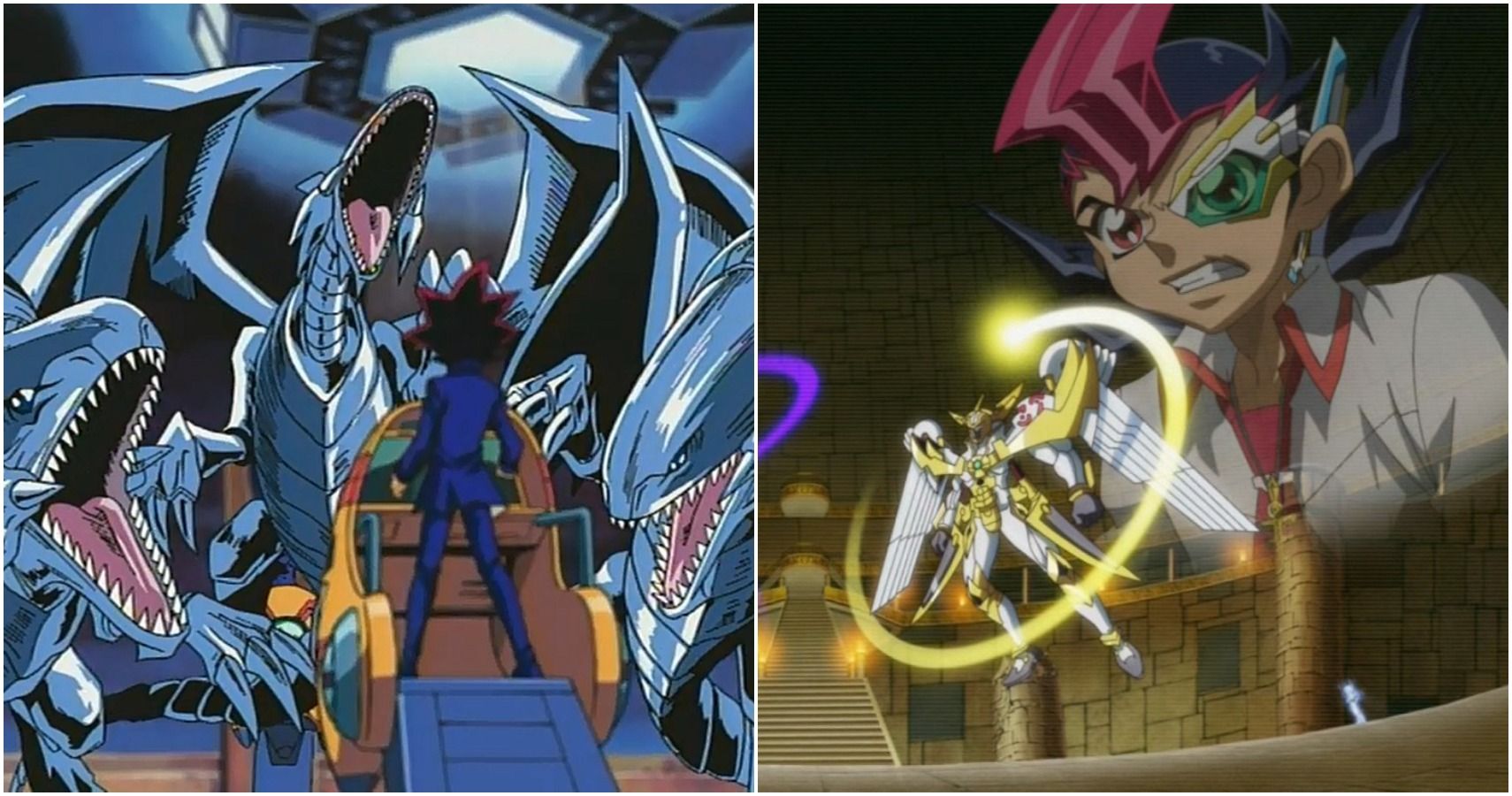
Related
Yu-Gi-Oh! – Ways The Card Game Has Changed Since 1999
It’s been over 20 years since Yu-Gi-Oh! was first released. Here are 10 ways the trading card game has changed since then.
While many modern decks feature XYZ, Pendulum, or Link Monsters to make each match more intense, the stakes were never higher in the original card game than when these cards were put into play, making them a defining feature of the series’ success.
Updated November 25, 2024 by Rhenn Taguiam: December 2024 marks the release of the Speed Duel: Battle City Finals set that will allow up to eight players to recreate the iconic Battle City Finals arc of the original series. Featuring eight specially-made decks based on the Battle City Tournament finalists, players can try to recreate the iconic fights in the series or, with their luck, even try to forge their own headcanon by winning with their own decks.
Featured in the deck are some of the most iconic cards in the franchise, including the Egyptian God cards, but fans of the franchise might wonder what other iconic cards have ever graced the hit TCG. Among must-explore cards in this regard include a well-known board-wiper, a peculiar fusion, and a hit anti-summon piece.
1 Raigeki
A Board Clear Testament To The Game’s Evolution
- Release Year (Japan): 2000
- Release Year (North America): 2002
- Card Type: Normal Spell Card
As the first official set of the acclaimed trading card game, it’s the Legend of Blue Eyes White Dragon (and other cards from the Japanese release of the former, alongside the Phantom God set) that formally introduced the player base to official releases of some iconic cards in the game – such as Exodia, Blue-Eyes White Dragon, Dark Magician, Swords of Revealing Light, Monster Reborn, and even Pot of Greed. Chief among these cards is another controversial Spell Card – Raigeki.
When triggered, Raigeki will simply destroy all Monsters on the opponent’s side of the field. Such was this card’s initial OP nature that even the manga introduced this card as a banned card – a status originally reflected in Raigeki being considered tournament Illegal. What makes Raigeki so iconic is the evolution of its legality. It was made tournament Illegal and Banned during times when board wipes could drastically give its user the advantage. However, its present Unlimited status (where players can have three copies of this card in their deck) meant the meta got so out of hand (literally) that even a mere board wipe could still give the opponent a chance to turn the tide.
2 Elder Entity Norden
Opened Its Unconventional Fusion Mechanic To Bannable Abuse
- Release Year (Japan): 2014
- Release Year (North America): 2015
- Card Type: Fusion
When the 2015 Odd-Eyes Pendulum Dragon Mega Tin introduced Elder Entity Norden as one of its accompanying Fusion Cards, players were dumbfounded by its unconventional summoning mechanics. After all, it needed just two Synchro or Xyz Monsters, and its Special Summon comes with the effect of Special Summoning a Level 4 or lower Monster from the GY with its effects negated and banished as soon as Norden leaves the battlefield. At first glance, this seems like a card with a so-so effect.
However, things start going from weird to wild when players realize Instant Fusion (Spell Card) can Special Summon it quickly with no Fusion cost at the mere 1,000 LP cost. Since Norden’s effect is triggered by a Special Summon and not Fusion Summon, it can still proc the return of a Level 4 Monster from the GY. This eventually forced games to devolve into finding a way to Special Summon Norden repeatedly to get Level 4 or lower Xyz materials, which could then be used to Special Summon stronger monsters. The Zoodiac deck abused this mechanic, with one Turbo combo involving Norden and Vylon Cube (Tuner Monster) potentially paving the way to summon the likes of Blaze Fenix (Fusion) to finish the job as early as the first turn.
3 Trap Hole
Stop Opponents From Summoning Monsters
- Release Year (Japan): 1999
- Release Year (North America): 2004
- Card Type: Normal Trap Card
Players of Yu-Gi-Oh! owe it to the Volume 1 Booster Pack in 1999 for the introduction of Trap Hole, a Trap Card that can instantly destroy a Monster that is Normal or Flip Summoned with 1,000 ATK or higher. While the nature of Trap Hole is extremely straightforward, it’s its transformation into its own Archetype that made it rather iconic. Since its appearance, Trap Hole has spawned various types and variants.
In recent days, Trap Hole and its card variants also saw indirect support via the Traptrix Archetype, which by themselves are built around using Trap Hole and Hole cards to proc different effects. Through the Traptrix Archetype, Trap Hole and its fellow Trap Cards can be transformed into a meta counter as they slow down enemy resources. Among the Trap Hole and Hole variants that currently exist in the game, Trap Hole isn’t as useful due to its limited scope (only Normals and Flips, as opposed to the many summoning mechanics in the game).
4 Imperial Order
Renders All Spell Cards Useless
- Release Year (Japan): 2000
- Release Year (North America): 2002
- Card Type: Trap
When the acclaimed TCG released Imperial Order, it transformed decks into instant powerhouses. After all, its nature as a Continuous Trap Card negates all Spell effects on the field as long as the caster pays 700 LP. This transforms the game into more of a contest of power between players, as faster-casting Spells are practically rendered useless unless they find a way to destroy Imperial Order.
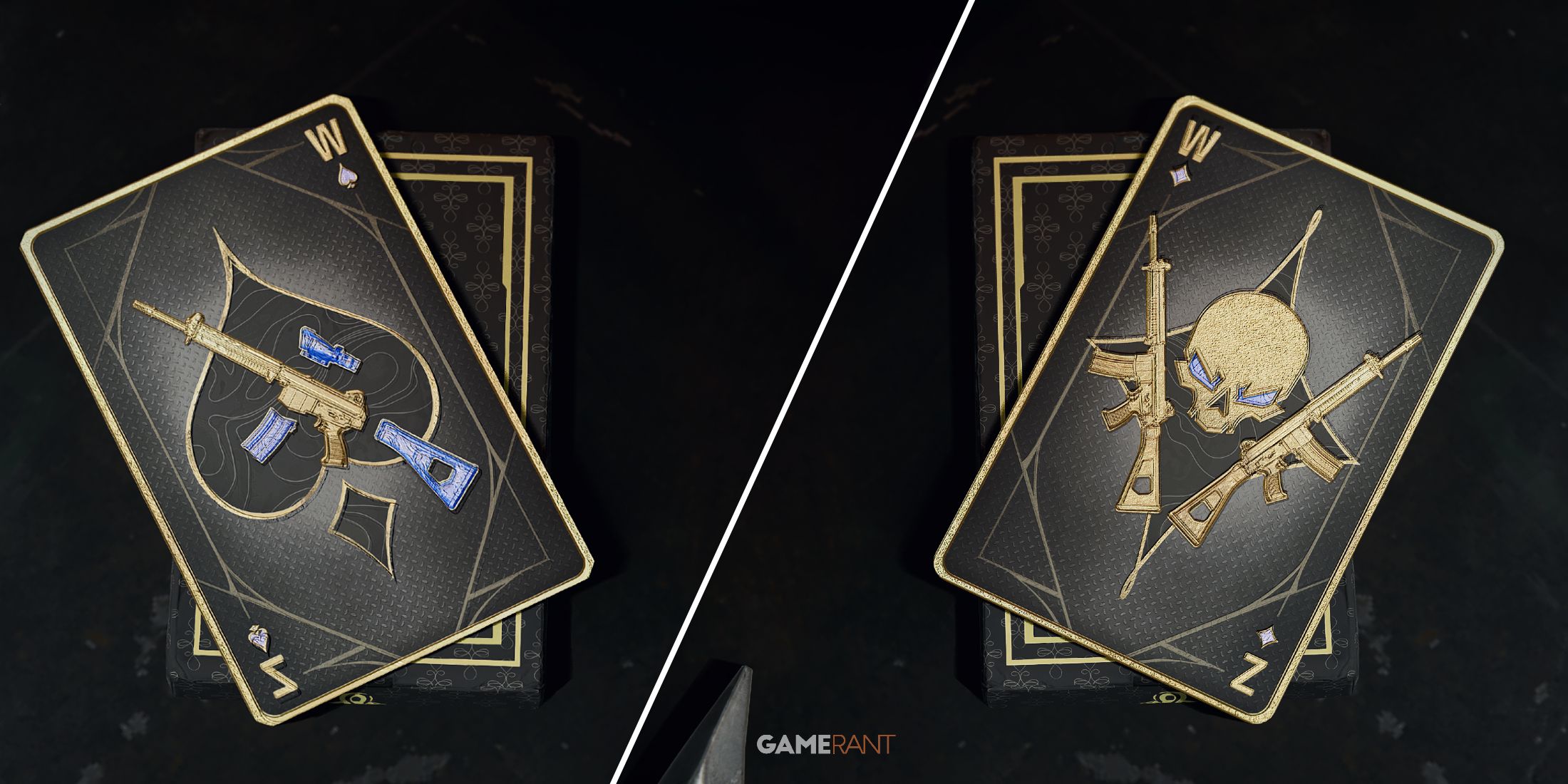
Related
CoD Warzone: Every Wildcard, Ranked
Wildcards add an extra layer of customization with the Black Ops 6 integration into Warzone. Here is every Wildcard in Warzone, ranked!
While other cards aside from Imperial Order remain outright Forbidden in most instances of regular play, the reasoning behind Imperial Order’s banning made it rather controversial. At its core, Spell Cards are favored in the card game as they’re much faster to cast than Trap Cards, which can only be activated during the turn after being summoned. Worse, most counters to Imperial Order are Spell Cards, such as Harpie’s Feather Duster, Mystical Space Typhoon, or even Giant Trunade – practically rendering the card almost uncounterable.
5 Mystic Mine
Make Yu-Gi-Oh! A Counting Game
- Release Year (Japan): 2019
- Release Year (North America): 2019
- Card Type: Spell
Despite the recency in its release date, 2019’s Mystic Mine quickly achieved infamy due to its effect. This Field Spell stops players from attacking or activating monster effects for as long as they control more monsters than their opponents. The only way to destroy this card is through other effects, or by having an equal number of Monsters on both sides of the field at any one End Phase.
While the effect is straightforward, Mystic Mine is a popular example of a floodgate – a card with a continuous restriction to a player’s action. In the modern Yu-Gi-Oh! scene where combos and combo-breakers matter, Mystic Mine devolves the game into a drawing game until the player or an opponent finds a card that finally removes it from play.
6 Elemental HERO Flame Wingman
The Most Iconic Fusion In Jaden’s Era
- Release Year (Japan): 2005
- Release Year (North America): 2005
- Card Type: Fusion
When the first episode of the highly-anticipated Yu-Gi-Oh! GX aired, and fans were eager to see just what protagonist Jaden Yuki could offer that the King of Games hadn’t done yet. Jaden’s Elemental Heroes provided a more vibrant take on signature Monsters than Yugi’s darker-themed deck, but it seems the youngster was no match to professor Vellian Crowler’s cards. That is, until Jaden whips out Polymerization and fuses Elemental HEROs Avian and Burstinatrix – creating the iconic half-winged and dragon-armed Elemental HERO Flame Wingman.
Through Skyscraper (Field Spell), Flame Wingman gets an ATK boost that defeats Crowler’s powerful Ancient Gear Golem, triggering the former’s effect of dealing the ATK of its destroyed monster as direct damage to the enemy’s LP. This lets Jaden defeat Crowler, earning him a reputation for being a troublemaker. And while Wingman couldn’t hold a candle to modern Fusions today, seeing Flame Wingman atop the buildings of Skyscraper became iconic imagery across Jaden’s journey in Yu-GI-Oh! GX.
7 Blue-Eyes Ultimate Dragon
Seto Kaiba’s Go-To Ultimate Monster
- Release Year (Japan): 1999/2000
- Release Year (North America): 2008
- Card Type: Fusion
Anyone thinking of Seto Kaiba will likely think of one of three things: Blue-Eyes White Dragon, Blue-Eyes White Dragon, and Blue-Eyes White Dragon. Thankfully, players who have these exact three cards at their disposal can summon Blue-Eyes Ultimate Dragon, a behemoth of a Fusion Monster that serves as one of Kaiba’s aces aside from the core Blue-Eyes and even Obelisk the Tormentor. Its popularity among fans even prompted Konami to release support cards in recent releases, allowing players to use Blue-Eyes-themed cards to facilitate the Fusion Summon of this creature much faster.
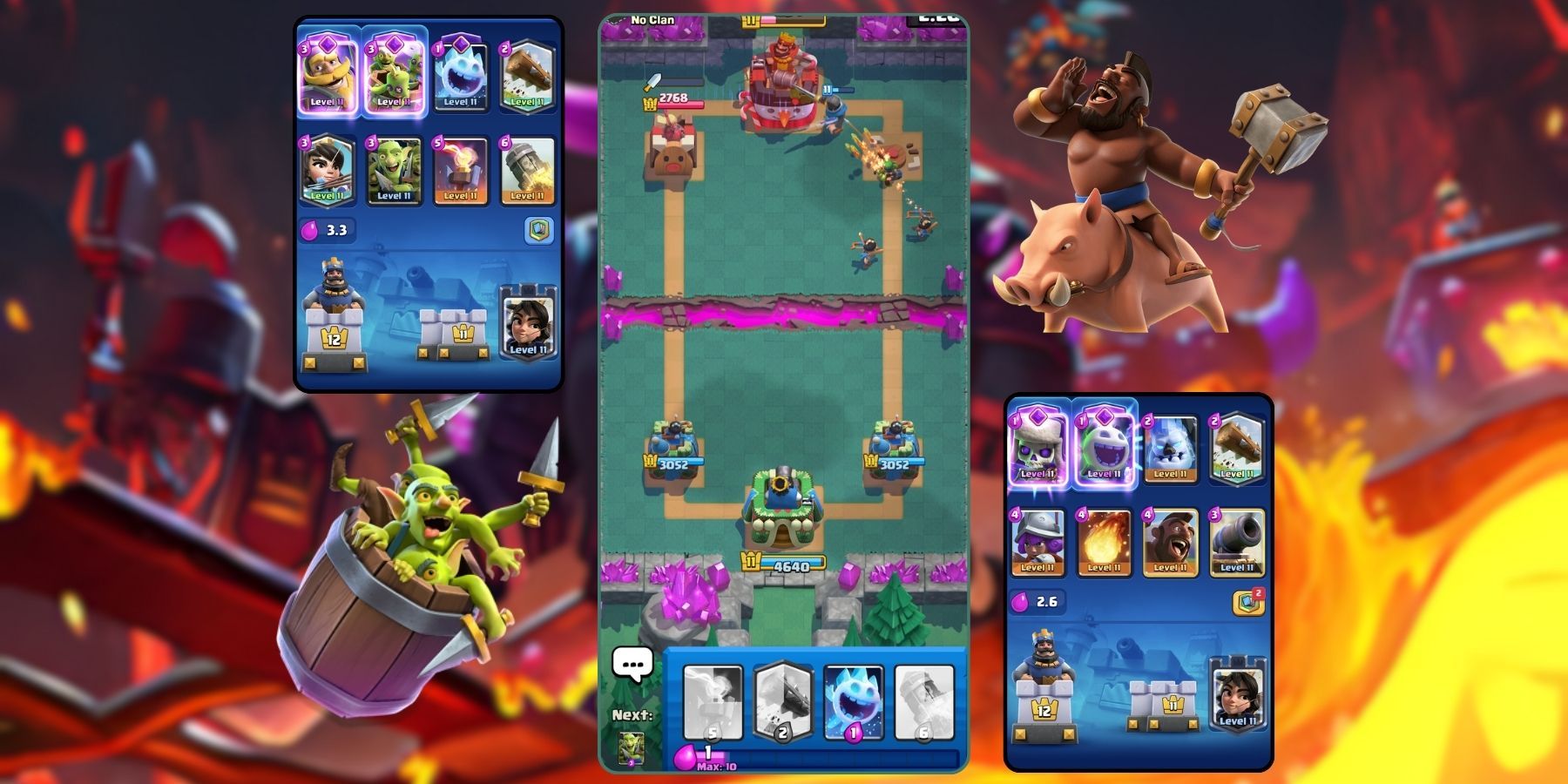
Related
Best Cycle Decks in Clash Royale
Want to put your skills to the test with cycle decks in Clash Royale? Here are some of the best ones to help you climb Trophy Road.
Compared to more practical cards in modern Yu-Gi-Oh! gameplay, there’s not much Ultimate Dragon offers except for thematic flair – especially with Kaiba’s popularity in the franchise. However, during the earlier days of the TCG’s popularity, possessing Ultimate Dragon – and even managing to summon it – was a feat. While Kaiba had never won a game with it, Ultimate Dragon’s status as early YGO‘s strongest monster made it all the more iconic.
8 Pot Of Greed
Draw Two Cards For The Price of One
- Release Year (Japan): 1999
- Release Year (North America): 2002
- Card Type: Spell
What does Pot of Greed do? It’s simple. The smiling green Spell Card allows duelists to draw two cards and add them to their hands. That’s it. However, despite its apparent simplicity, Pot of Greed is one of the most notorious cards in the Yu-Gi-Oh! community.
The Spell Card was allowed limited use in the first World Tournament in 2003, but it has not been permitted in competitive play since 2005. By allowing players to draw presumably more valuable cards without discarding others, Pot of Greed gives its user an overpowered advantage that can turn the tide of even the closest matches.
9 Magic Cylinder
Cancels Out the Attack and Damages the Player Who Initiated It
- Release Year (Japan): 2000
- Release Year (North America): 2003
- Card Type: Trap
The Yu-Gi-Oh! trading card game’s Magic Cylinder is a Trap Card that is known for being able to block an opponent’s attack and deal damage back to them. Its inclusion in a variety of decks and strategies shows how popular and important it is in competitive play, where players try to use its unique effect to get an edge and secure wins at crucial times.
To get the most out of Magic Cylinder, players need to be very careful with their time and planning. Furthermore, Many players include Magic Cylinder in their decks, and it is still a famous and important card in the competitive Yu-Gi-Oh! scene.
10 Monster Reborn
Target & Special Summon a Monster From the Graveyard of Either Player to Their Side
- Release Year (Japan): 1999
- Release Year (North America): 2002
- Card Type: Spell
Featuring a decorative dagger, Monster Reborn is a Spell Card that allows players to select a monster from either player’s Graveyard and Special Summon it into battle.
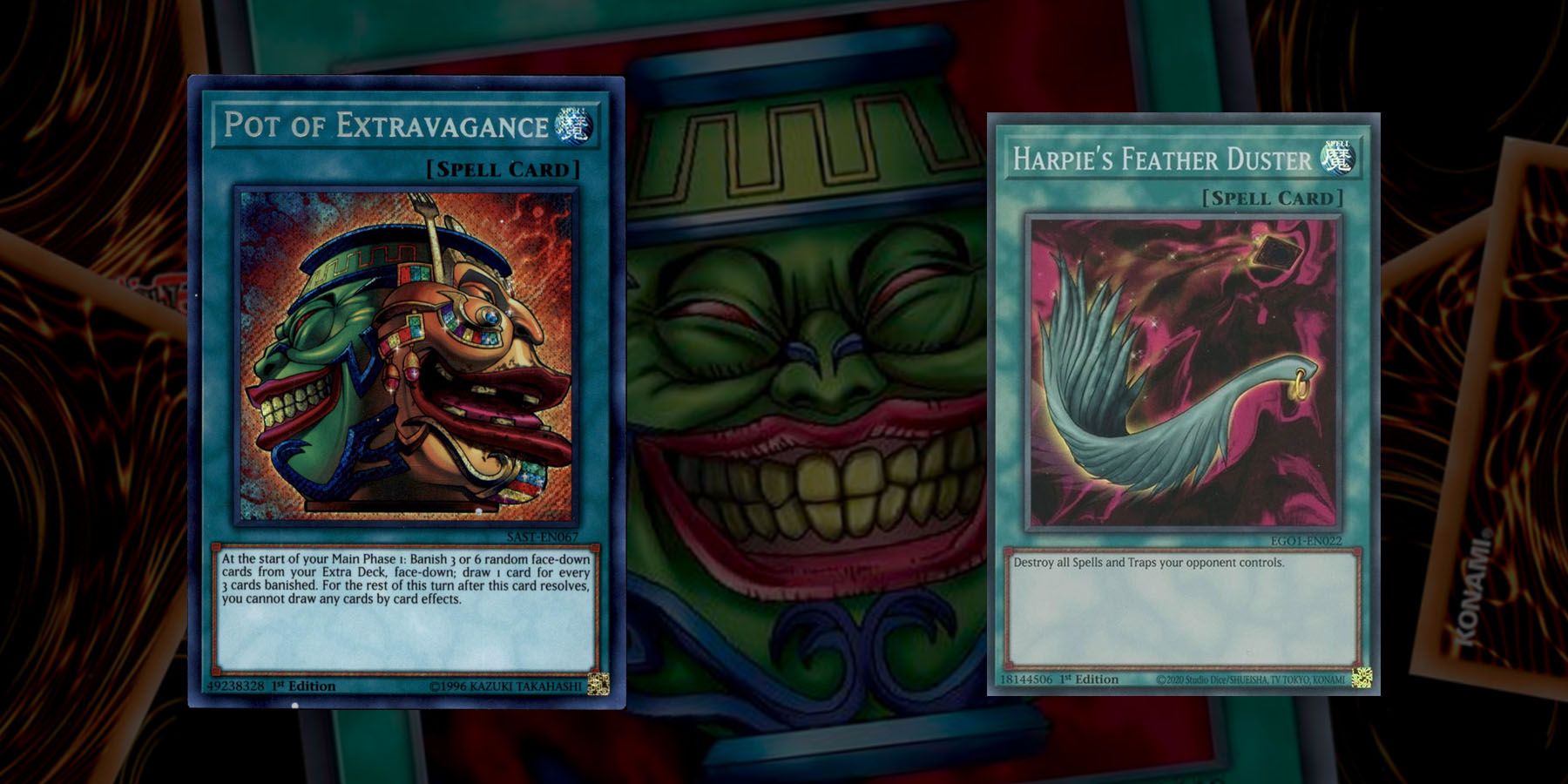
Related
Yu-Gi-Oh! Master Duel – 10 Underappreciated Spell Cards
These underappreciated Spell Cards are well worth considering in Yu-Gi-Oh! Master Duel.
Monster Reborn was one of the first cards banned in Yu-Gi-Oh! because, similar to Pot of Greed, its ability has few setbacks. Still, the card was returned to play as part of the limited list in 2010. While each duelist can only include one copy of the card per deck, this limitation reinforces the importance of strategy in each match. Whether players reincarnate their own monster or their opponents, Monster Reborn is one of the series’ most advantageous cards.
11 Polymerization
Combine the Abilities of Several Monsters to Make a Stronger Fusion Monster
- Release Year (Japan): 1999
- Release Year (North America): 2002
- Card Type: Spell
Polymerization is an important Spell Card in the trading card game Yu-Gi-Oh! It has been important since the beginning of the game and lets players do Fusion Summons and bring strong Fusion Monsters to the scene. The card makes it easier to combine different monsters into a single, better one. This is similar to how fusion and synergy work in the game.
For Polymerization to work best, players need to carefully consider their deck makeup, Fusion Monster choices, and timing. Polymerization is still a popular and well-known card in the Yu-Gi-Oh! community. It has an impact on how decks are built, how games are played, and how players compete.
12 Kuriboh
Protects Players’ Life Points by Lowering Battle Damage & Providing Strategic Advantages
- Release Year (Japan): 2000
- Release Year (North America): 2002
- Card Type: Monster
The adorable Fiend Monster Kuriboh may only have 300 Attack and 200 Defense, but its card effect makes it a valuable ally in a pinch. During damage calculation, players can discard Kuriboh from their hands to negate any damage they would take from their opponent’s attacks.
In the anime series, Kuriboh was one of Yugi Muto’s most helpful monsters, often saving him from attacks that would cost his Life Points dearly. With an endearing desire to protect its duelist, Kuriboh rose to popularity and inspired the lovable Kuriboh archetype.
13 Mirror Force
Block an Opponent’s Attack and Possibly Clear Their Field of Monsters That Are Attacking
- Release Year (Japan): 2000
- Release Year (North America): 2002
- Card Type: Trap
Mirror Force is a popular Trap Card in the trading card game Yu-Gi-Oh! because it messes up opponents’ plans and clears their field of monsters that are fighting. This strong defensive effect can turn the tide of a fight in the user’s favor and punish opponents who commit to aggressive plays.
When to use the card to get the most out of it depends on things like how many monsters are striking, what the other player might do next, and the current state of the duel as a whole. Over time, newer cards and game mechanics have come out, but Mirror Force remains popular with players as a classic and important Trap Card that shows how attack and defense work together in the game.
14 Black Luster Soldier
Can Get Rid of Danger, Take Control of the Field, and Hit Opponents Hard
- Release Year (Japan): 1999
- Release Year (North America): 2012
- Card Type: Monster
With a staggering Attack of 3,000 and a Defense of 2,500, Black Luster Soldier is known as one of the most powerful Yu-Gi-Oh! cards duelists can add to their deck. From 1999 to 2004, the card was briefly a Normal Monster. However, since 2004, it has been a Ritual Monster, requiring the Spell Card Black Luster Ritual to be summoned.
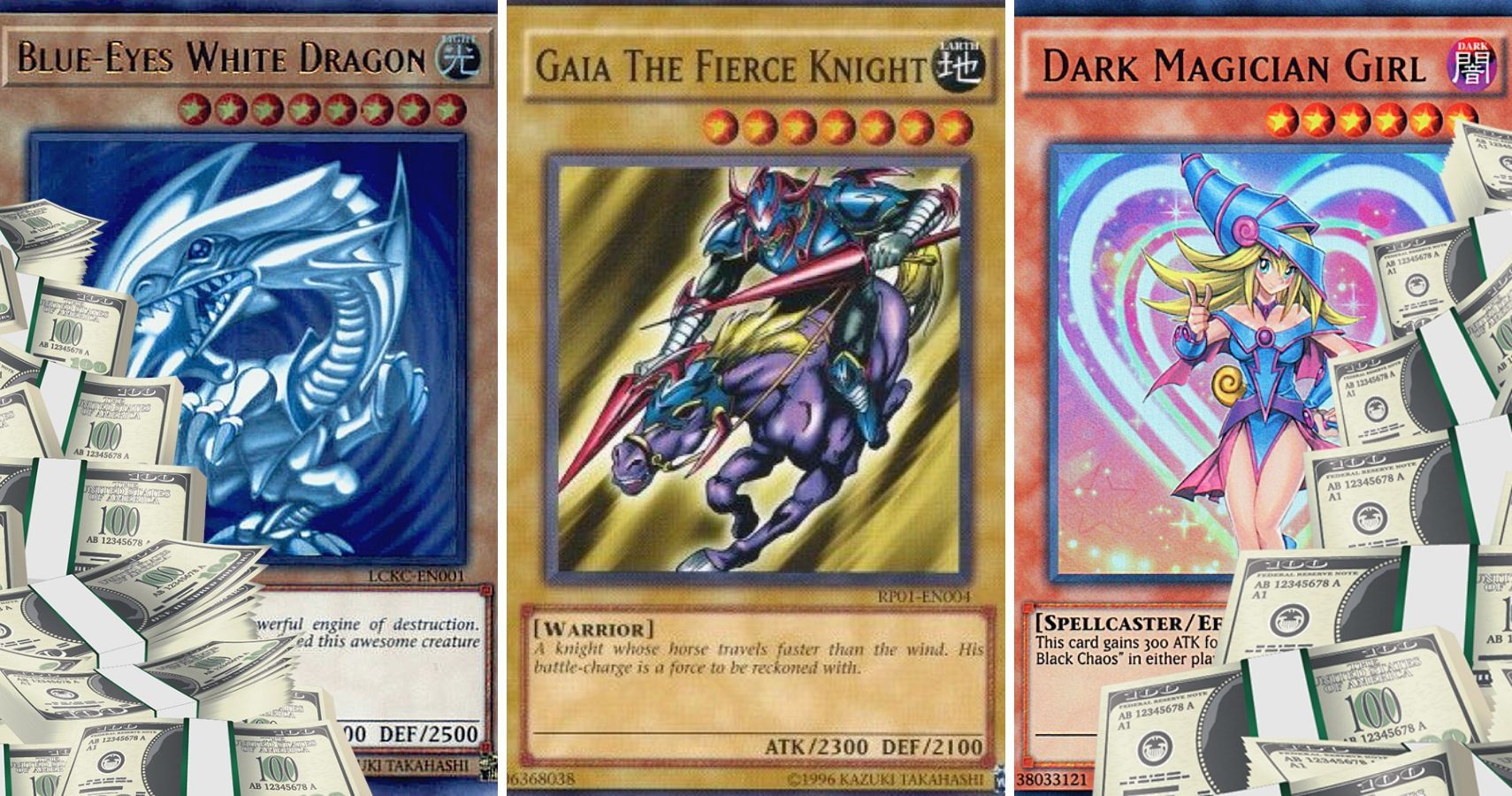
Related
The 10 Most Expensive Yu-Gi-Oh! Cards (& How Much They’re Going For)
Some Yu-Gi-Oh! cards have accumulated some insane value over the years. These are the most expensive and valuable of them all.
In addition to its impressive stats and card history, the Ritual Monster inspired its own card archetype, ensuring its long-lasting legacy will continue as new fans find their favorite decks.
15 Slifer The Sky Dragon
Attack or Defense Increases Depending on the Amount of Cards in the Duelist’s Hand
- Release Year (Japan): 2011
- Release Year (North America): 2012
- Card Type: Monster
Slifer the Sky Dragon is one of the three Egyptian God cards. Like the Obelisk the Tormentor and The Winged Dragon of Ra, it requires three tributes to be summoned. However, on its own, Slifer has no Attack or Defense Points. Instead, its stats are determined by the number of cards a duelist has in their hand. Each of its user’s cards gives Slifer 1,000 Attack or Defense, giving it limitless potential.
When an opponent Normal or Special Summons a monster, Slifer also lowers the opposing monster’s attack by 2,000, often destroying it in the process. While all three Egyptian God cards are exceedingly iconic in their own right, Slifer played a prominent role in the Battle City arc of the anime as Yugi’s Egyptian God card, giving it a special place in many fans’ hearts and minds.
16 Exodia The Forbidden One
Win The Battle Once All Five Pieces of Exodia Are Assembled
- Release Year (Japan): 1999
- Release Year (North America): 2002
- Card Type: Monster
For its power and ferocity, Exodia The Forbidden One’s effect cannot be activated on its own. Instead, players must also individually have the Forbidden One’s arms and legs, automatically winning when five cards come together in a duelist’s hand.
Exodia’s effect makes it one of the most overpowered monsters in the series, and it is impossible to forget the times it appeared in the anime. However, finding the pieces of the monster takes determination and luck, making it an astonishing feat when players reveal Exodia in their hands.
17 Blue-Eyes White Dragon
Level 8 Monster Card With High ATK and DEF Stats
- Release Year (Japan): 1999
- Release Year (North America): 2002
- Card Type: Monster
Yu-Gi-Oh’s most well-known Dragon is Seto Kaiba’s ace monster, Blue-Eyes White Dragon. While the original Blue-Eyes White Dragon card may not have any card effects, it does have 3,000 Attack Points and 2,500 Defense Points, making it as strong as it is captivating.
The beginning of the original anime series claims that there are only four Blue-Eyes White Dragon cards in existence. However, its popularity and strength have made it more widely available to duelists and fans of the trading card game around the world, encouraging them to build their own Dragon decks with other popular cards, such as Red-Eyes Black Dragon, Blue-Eyes Toon Dragon, or Blue-Eyes Ultimate Dragon.
18 Dark Magician
Advantageous 7-Level ATK and DEF Stats
- Release Year (Japan): 1999
- Release Year (North America): 2002
- Card Type: Monster
Yugi Muto’s signature monster, Dark Magician, is one of the most important cards in the franchise for its role in the animated series. By its duelist’s side, Dark Magician conquered even the most fearsome foes with style and determination.
Although Dark Magician only has 2,500 Attack and 2,100 Defense, the Spellcaster card is as influential as a monster card as it is a card archetype. Alongside Dark Magician Girl, Dark Magical Circle, and Magician’s Rod, a Dark Magician deck is a worthy and iconic force to be reckoned with.
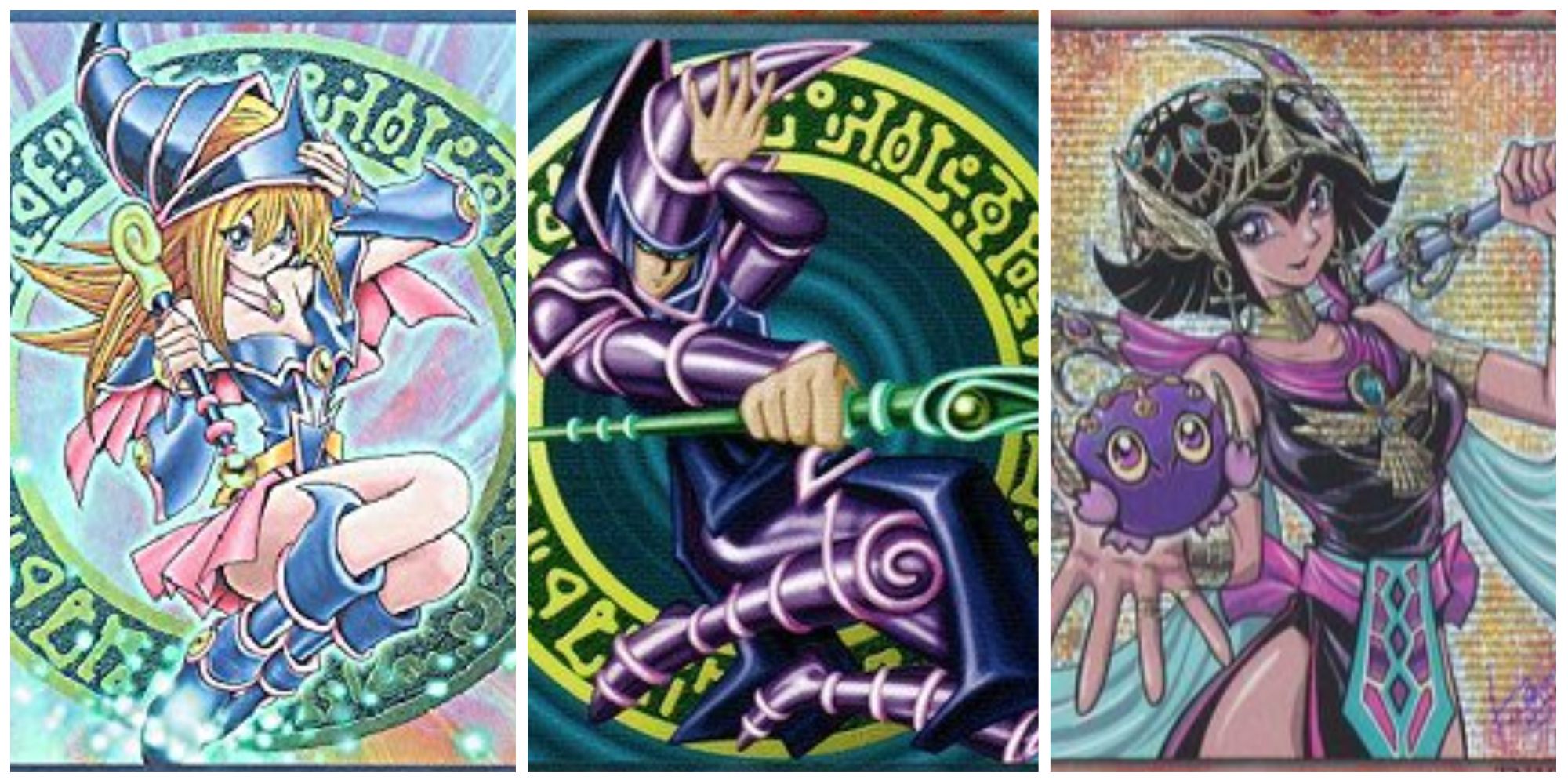
More
Yu-Gi-Oh Master Duel: 9 Best Dark Magician Cards
Be sure to unleash these helpful Dark Magician cards in the next round of Yu-Gi-Oh! Master Duel.
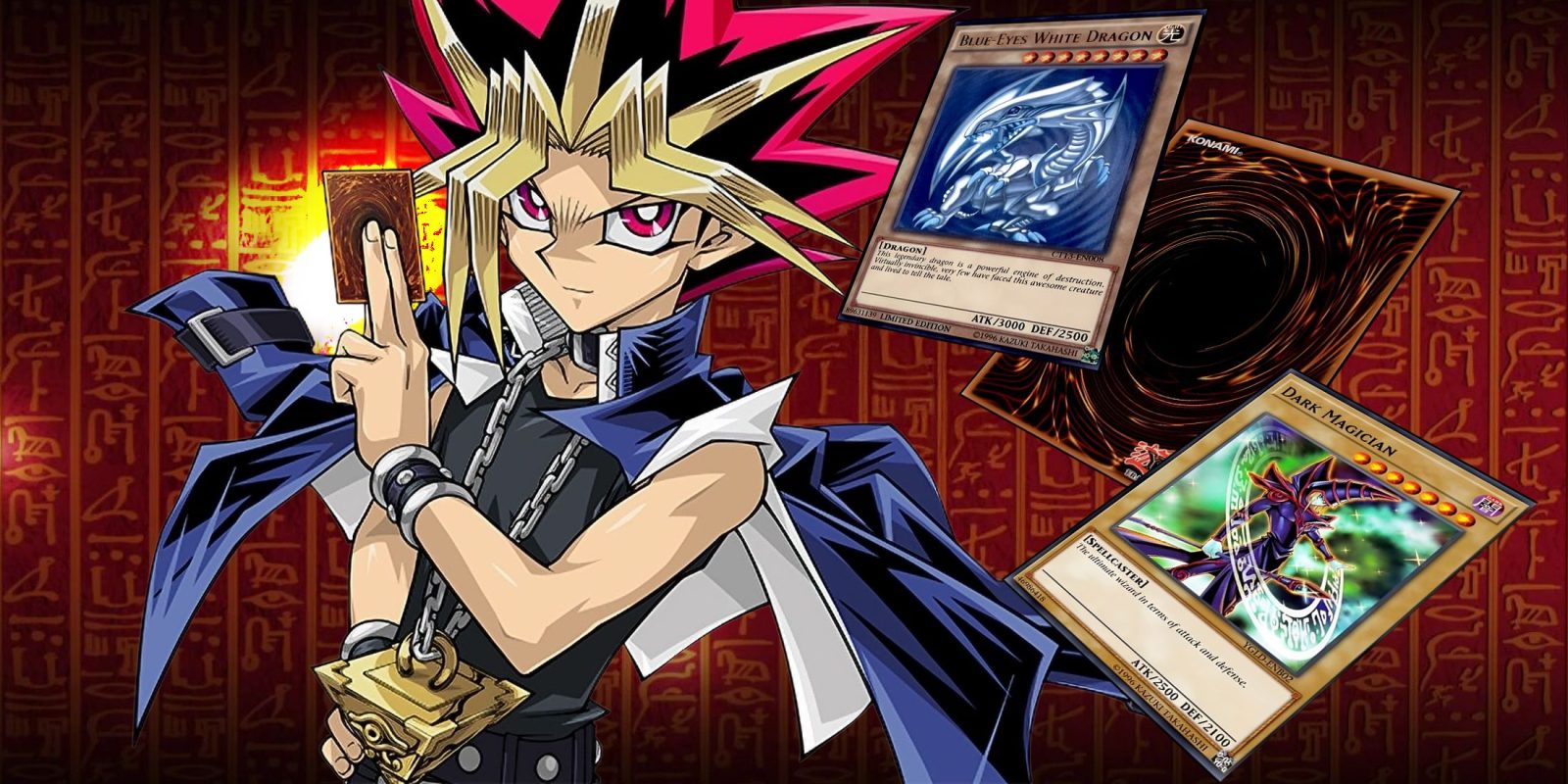
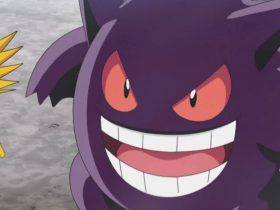
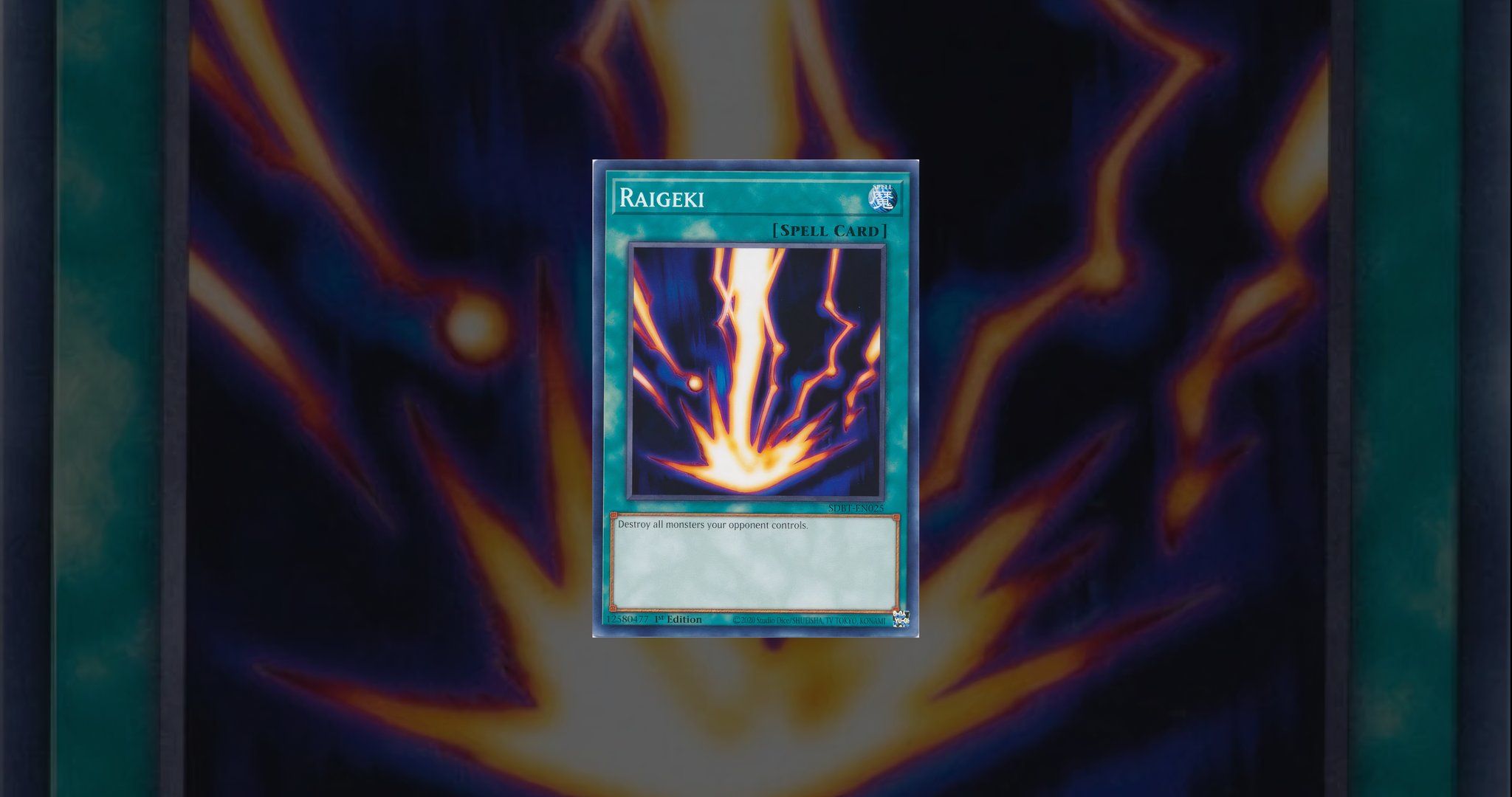
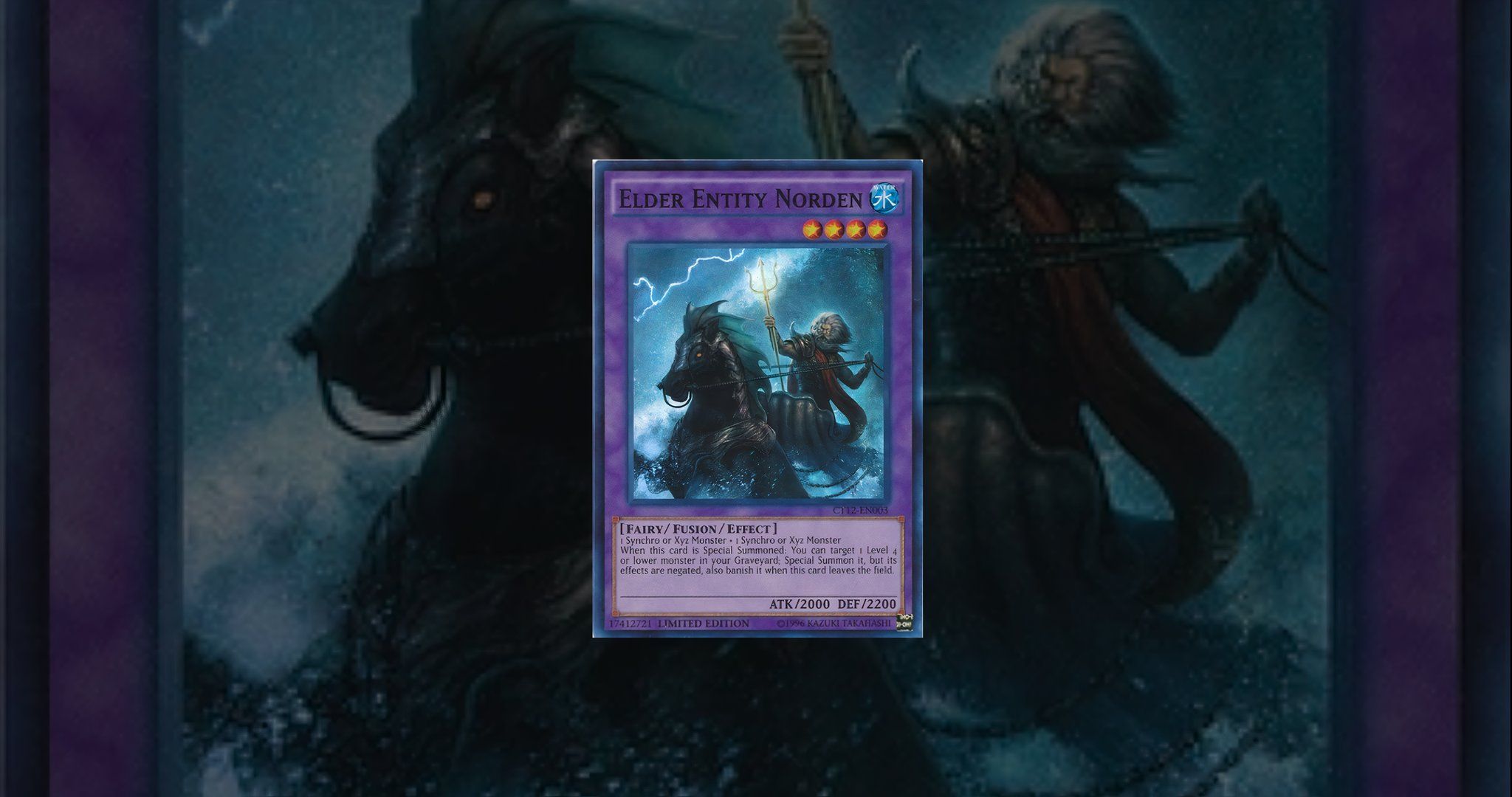
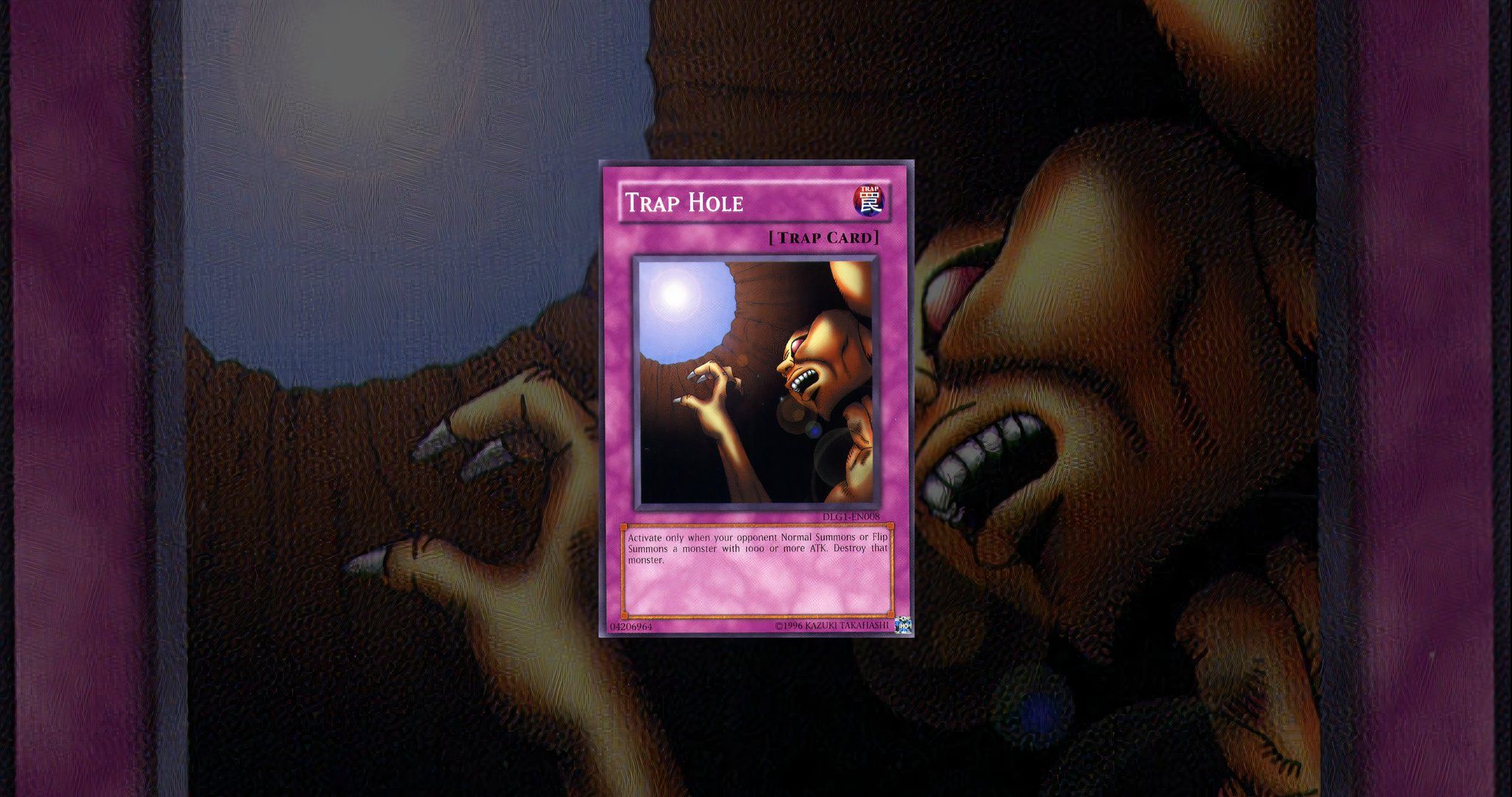

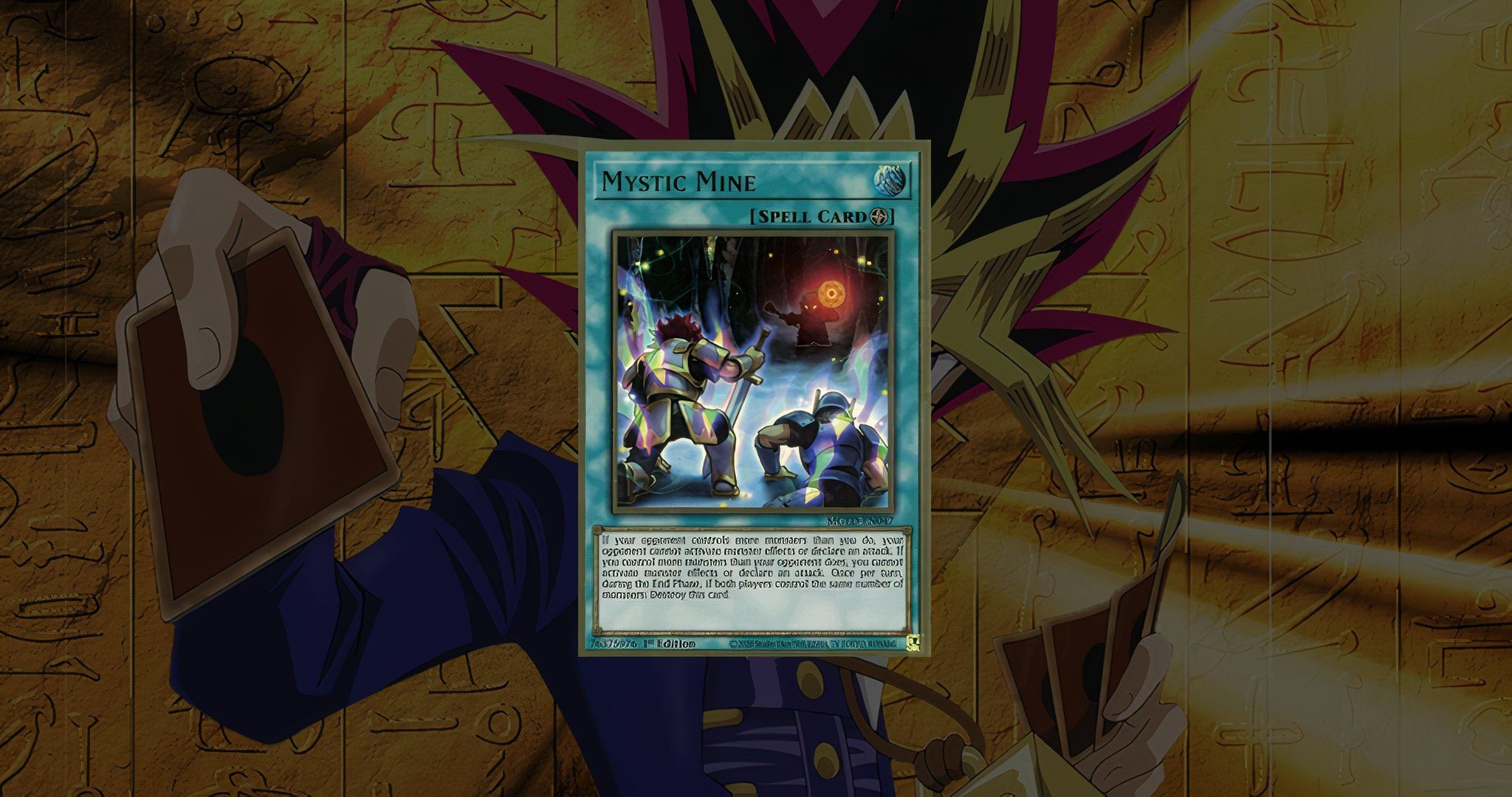
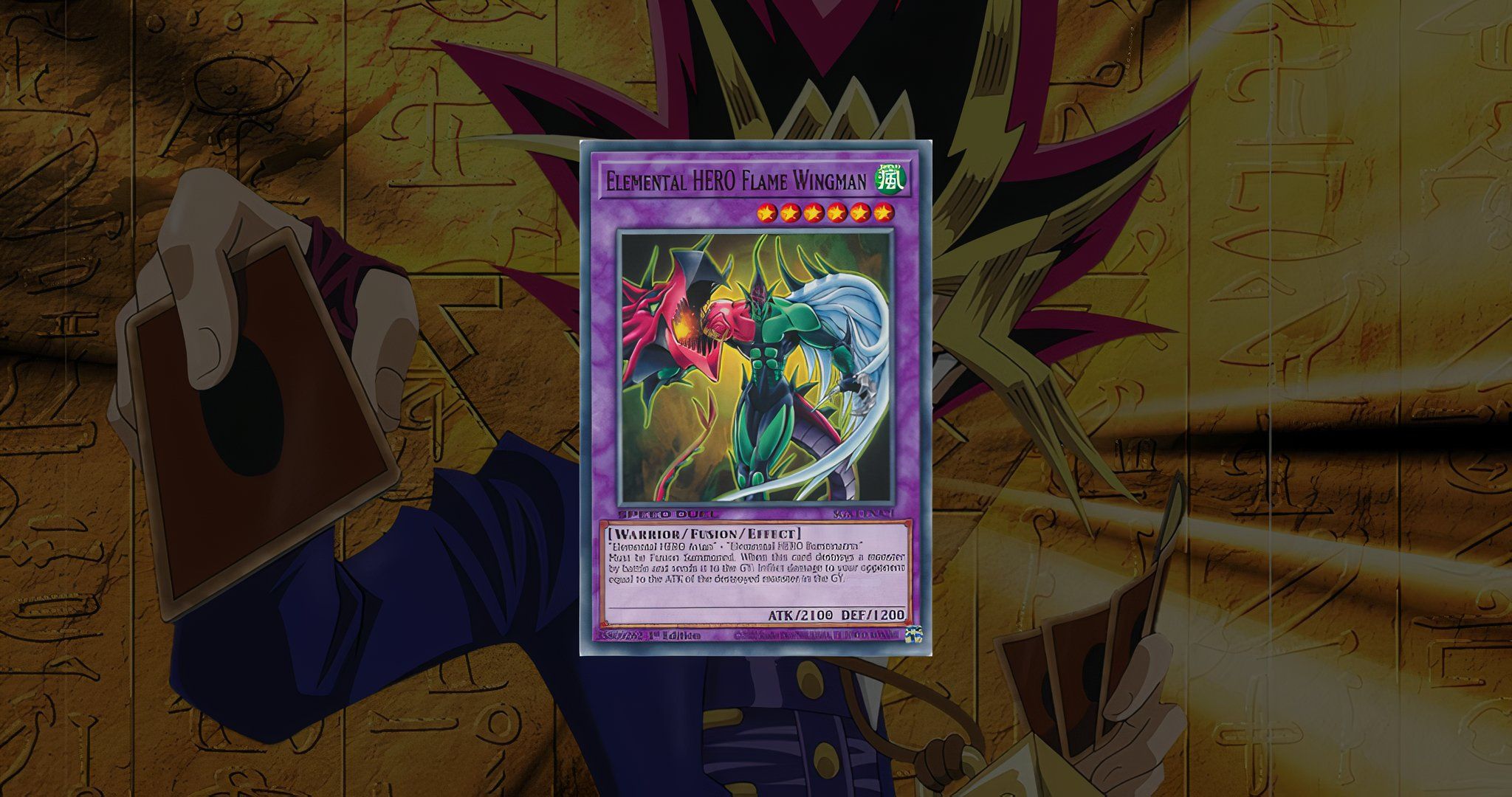
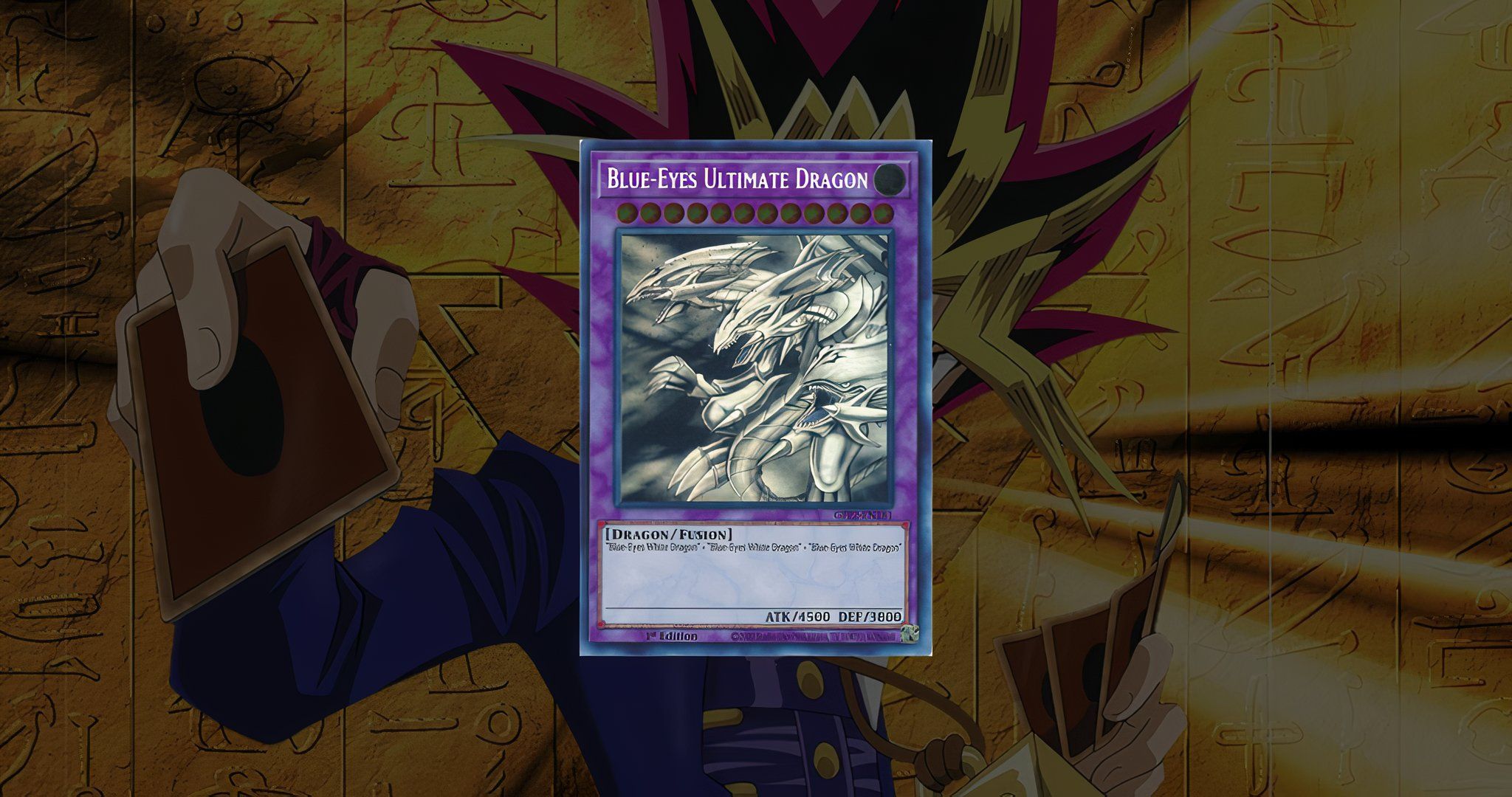
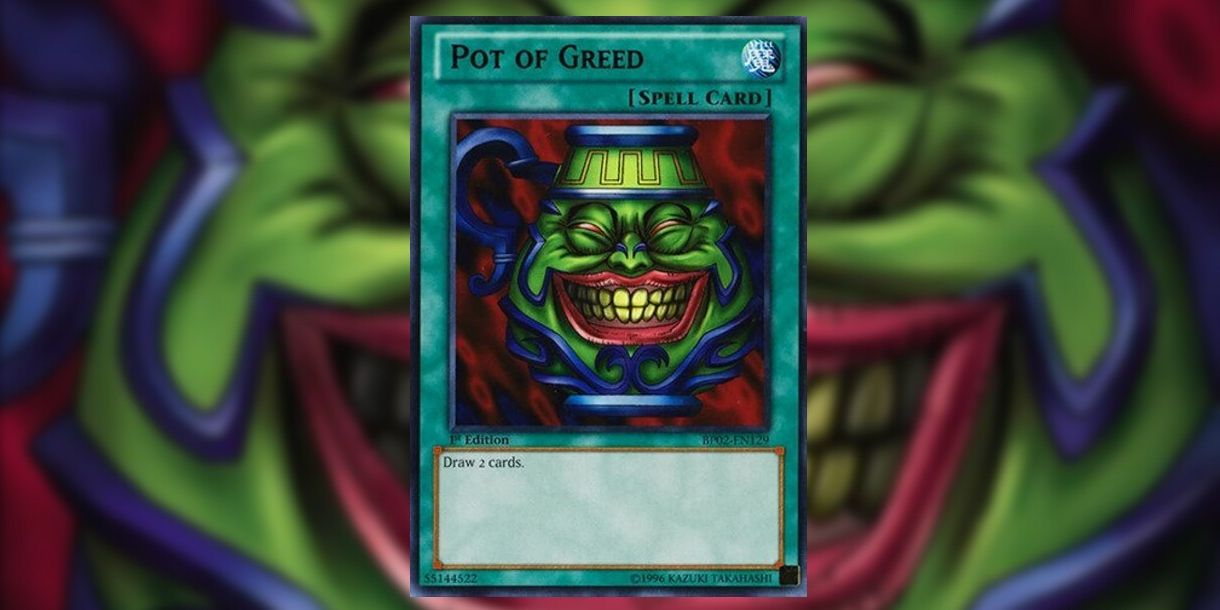
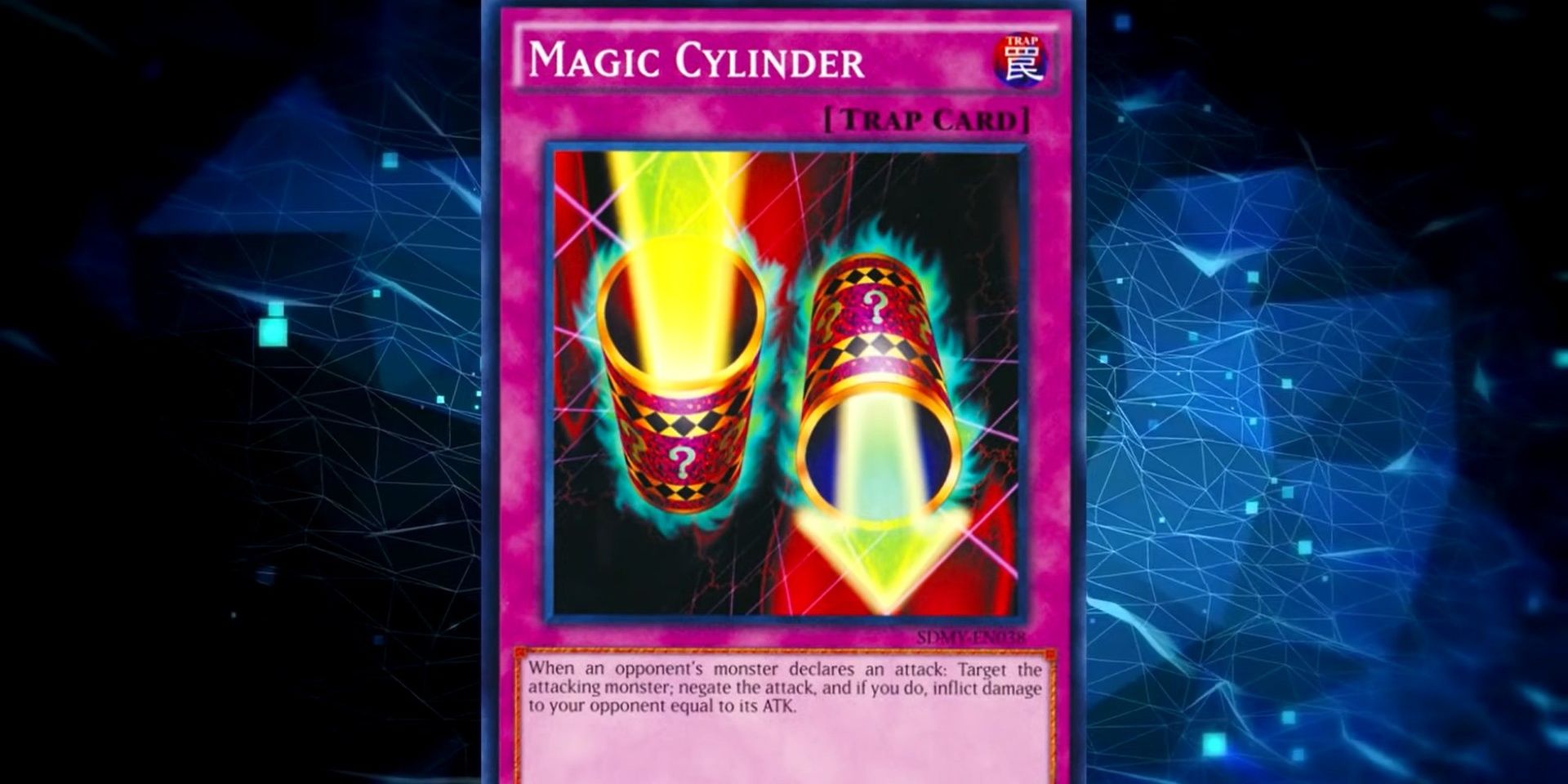

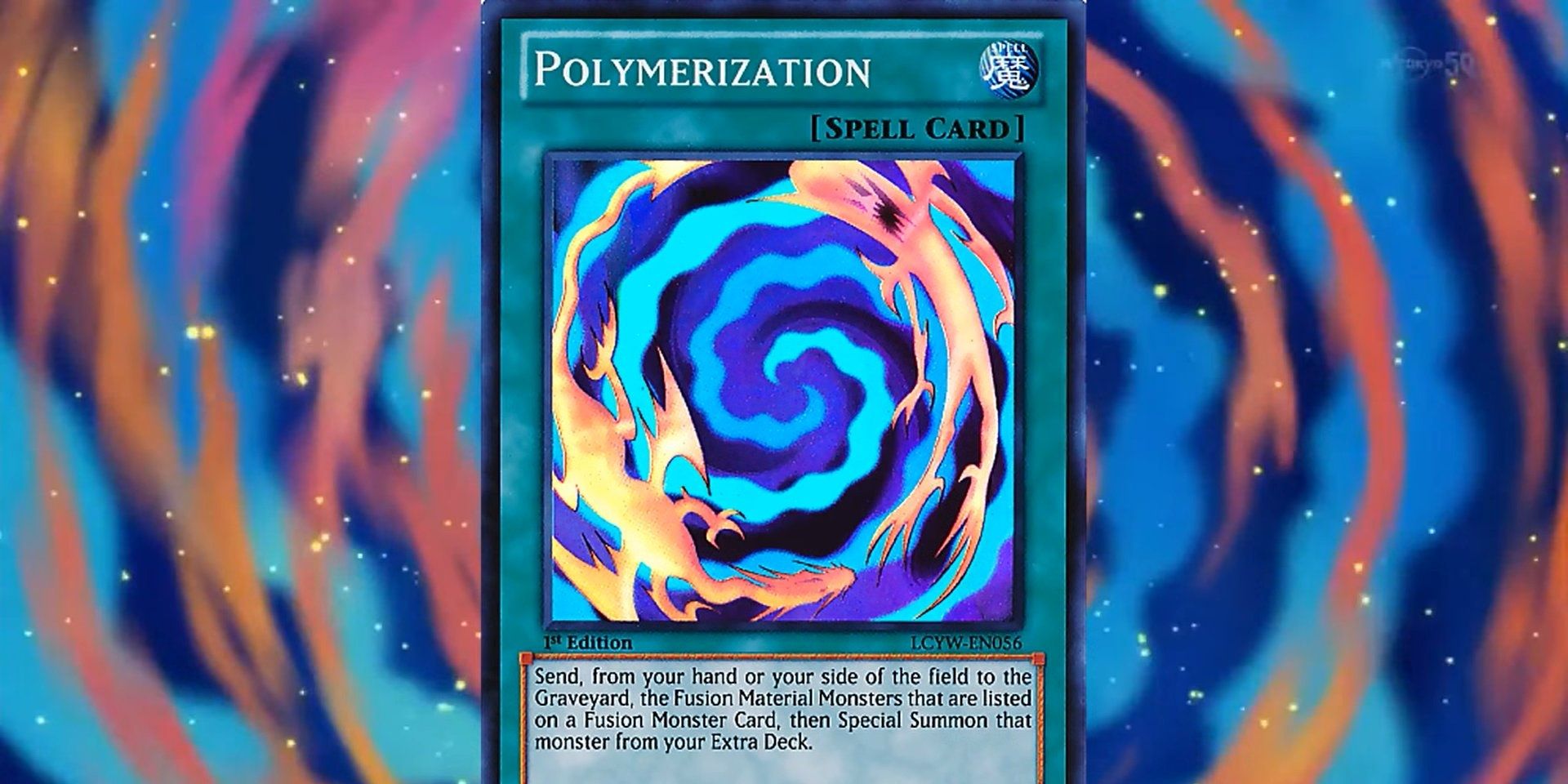
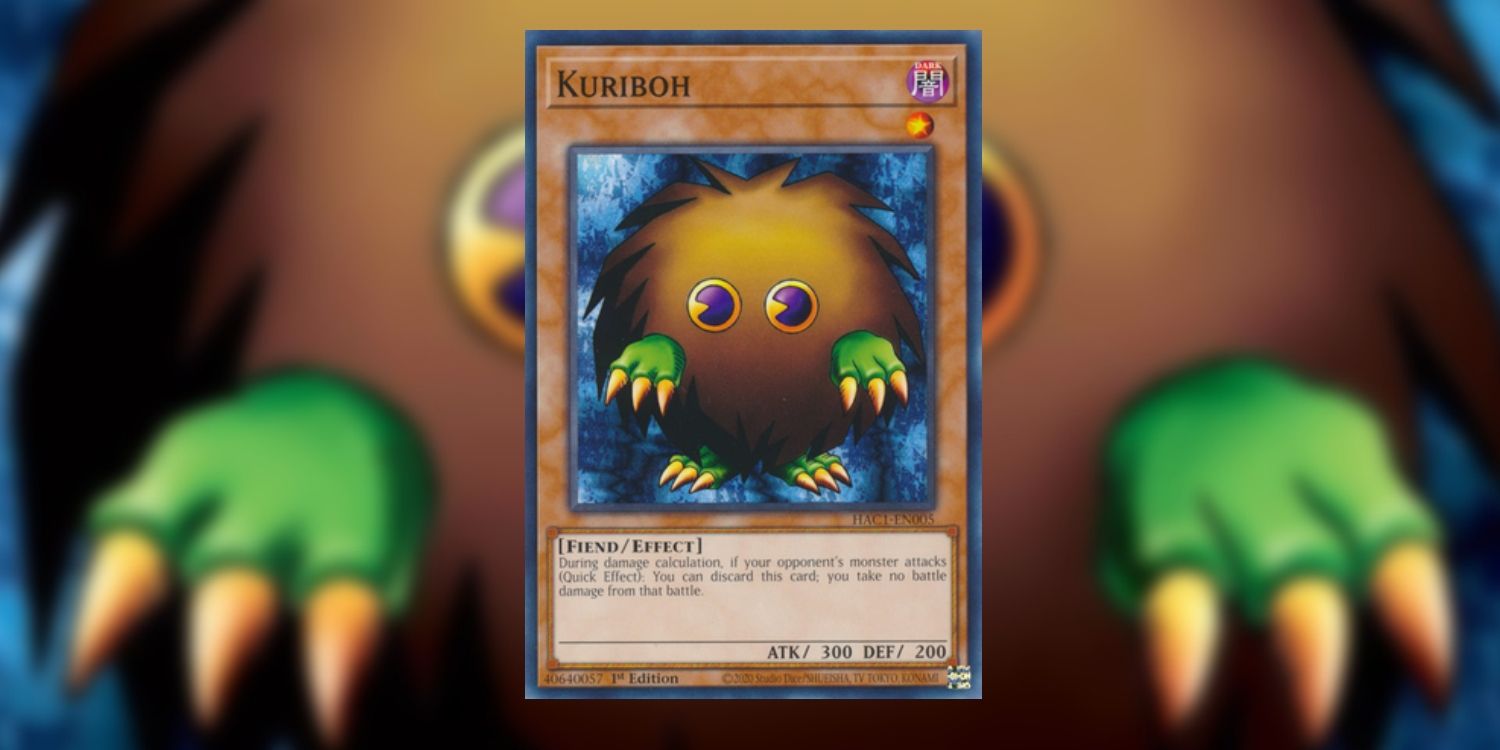
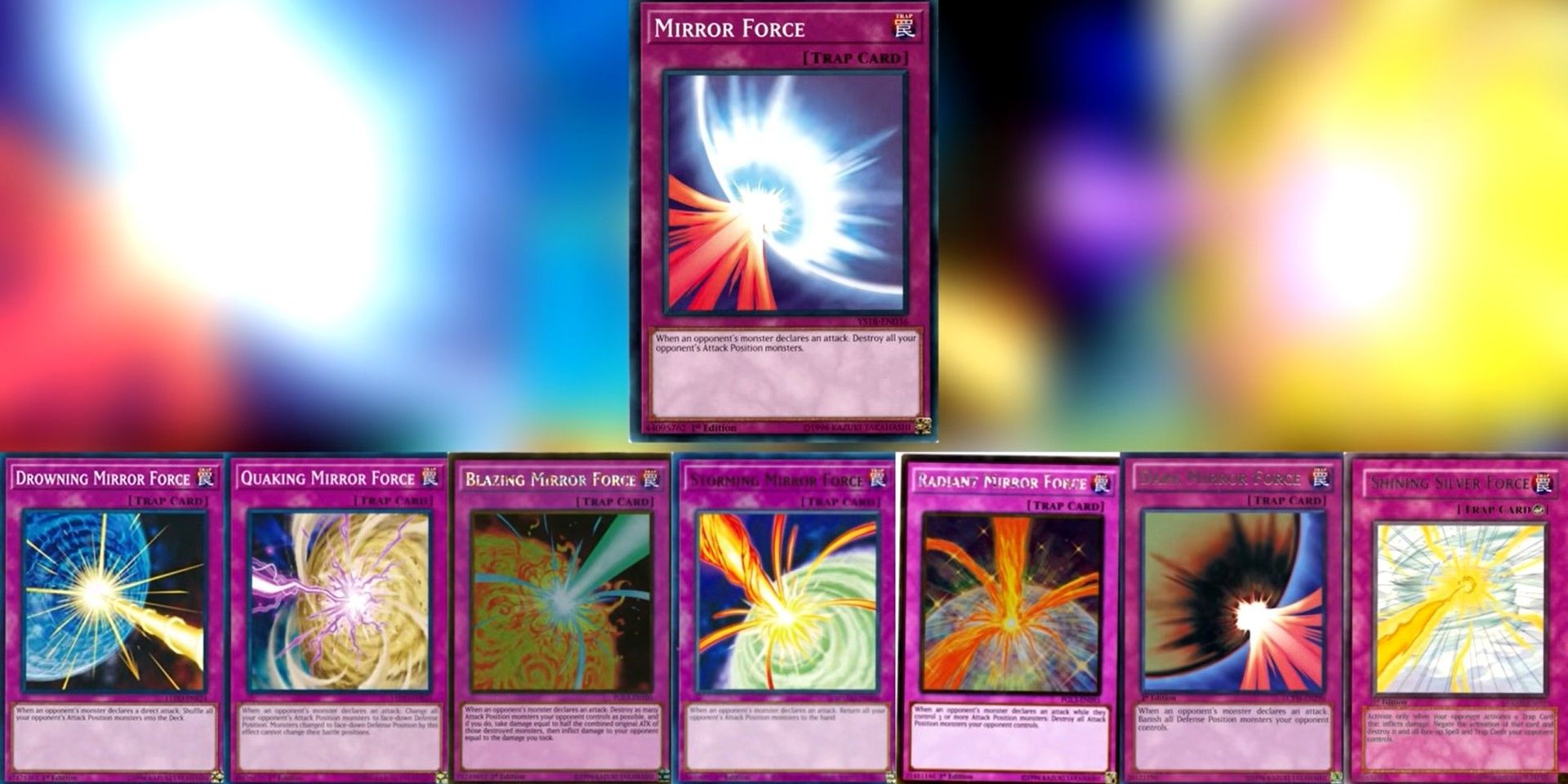
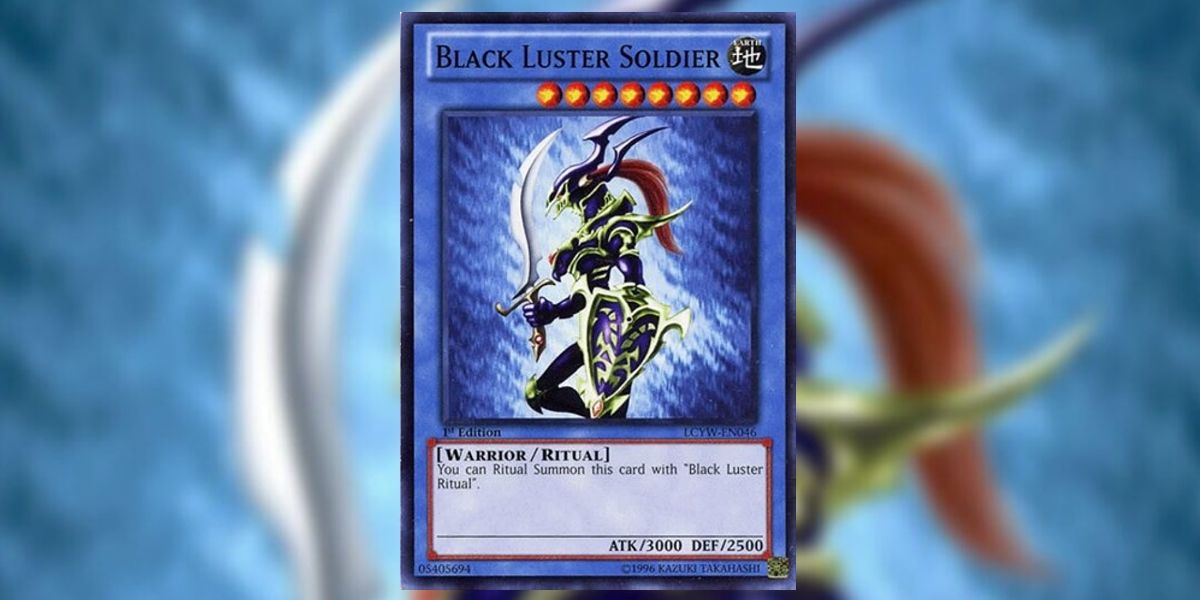

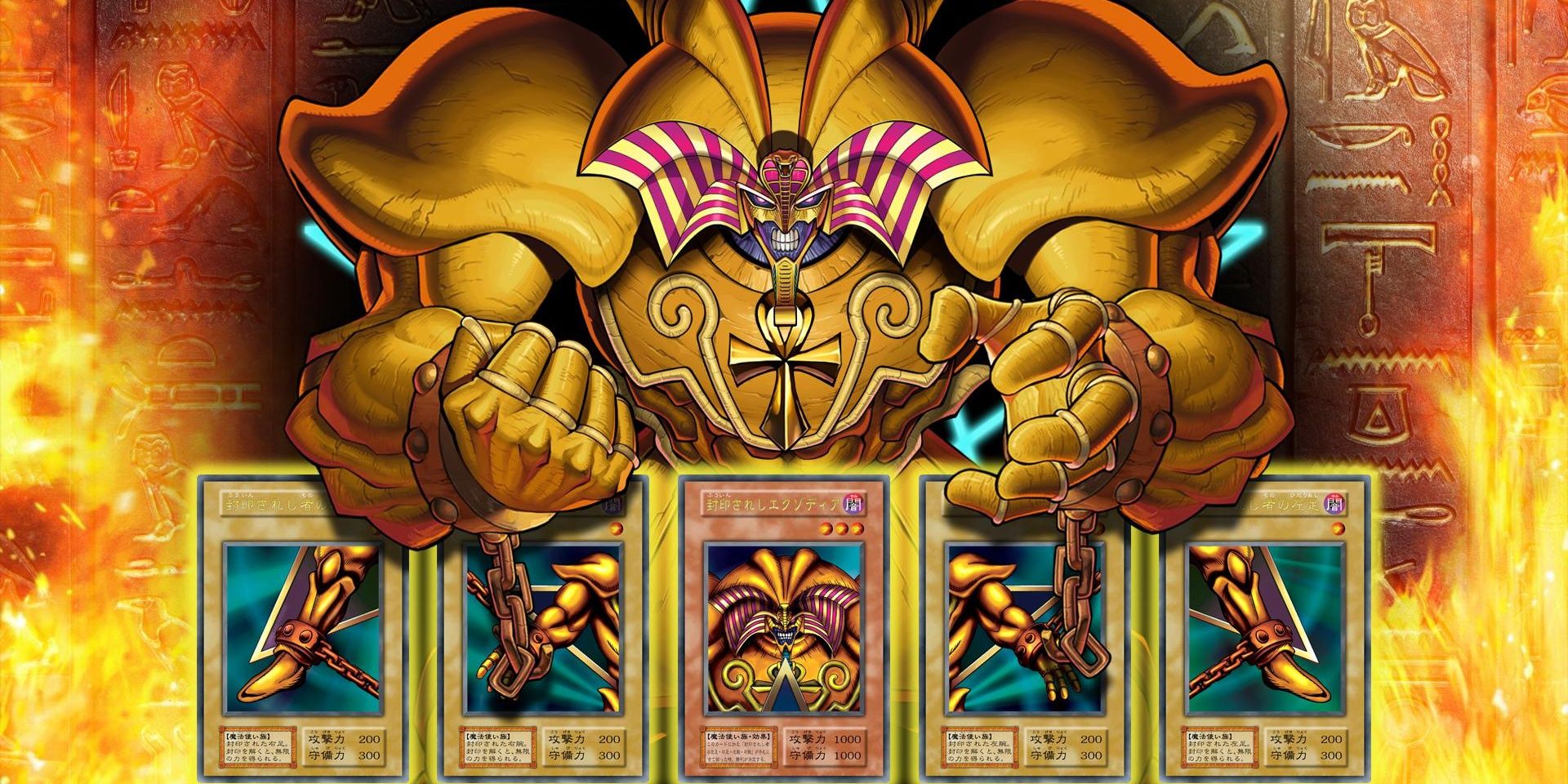
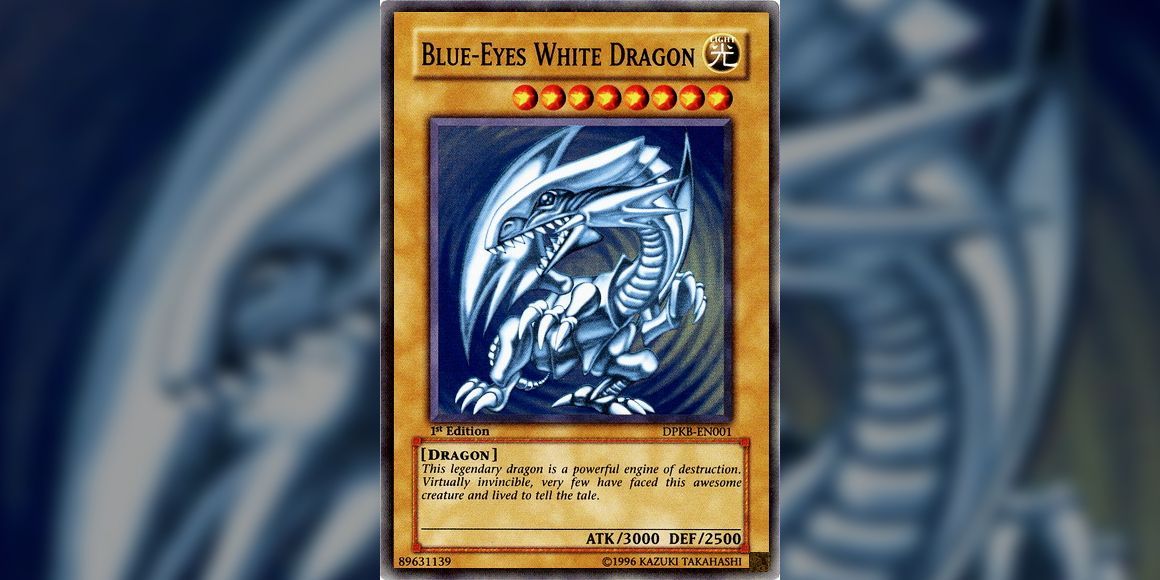
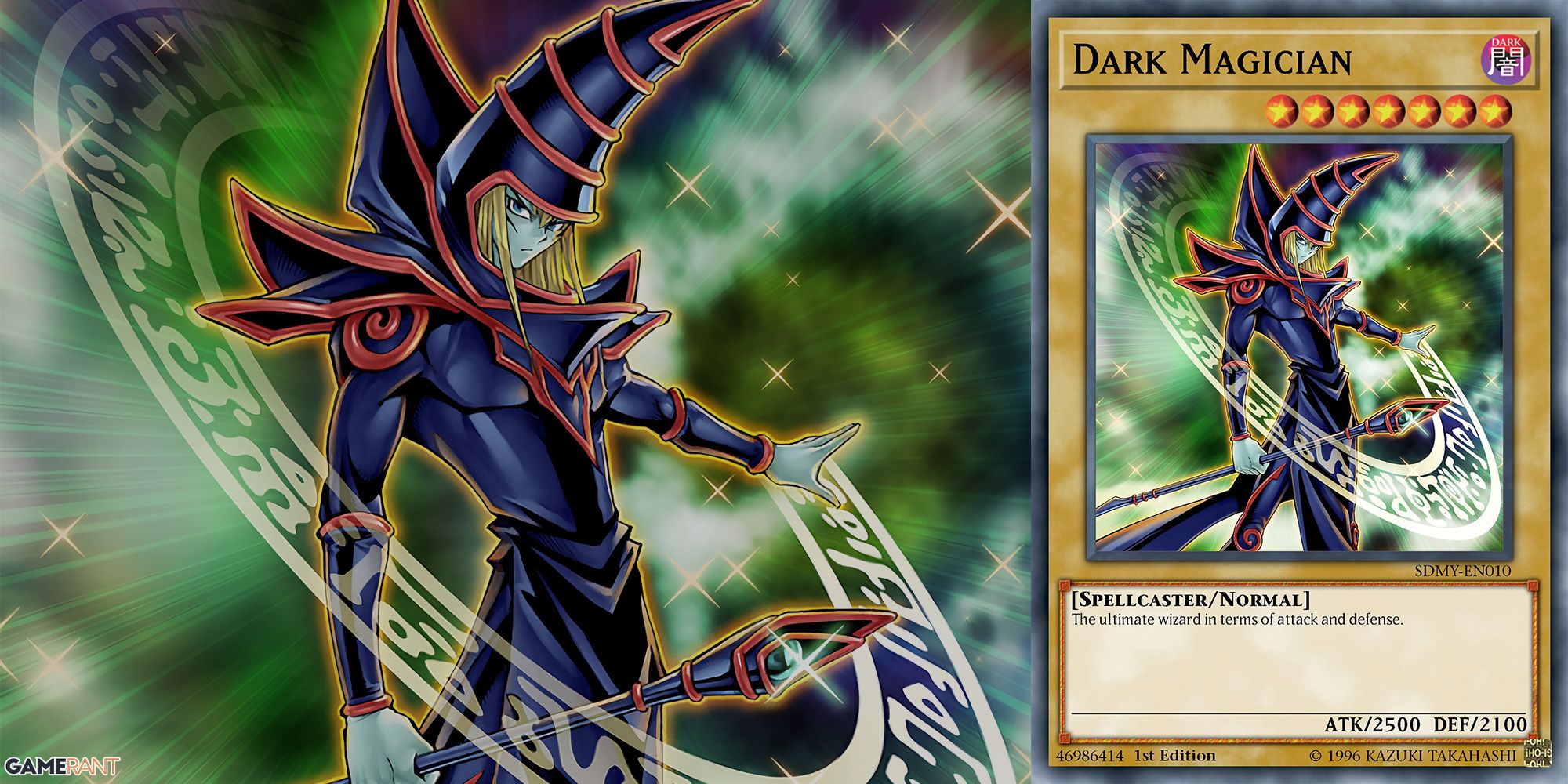

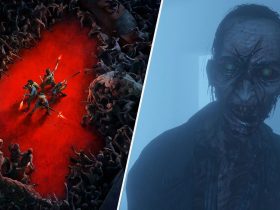
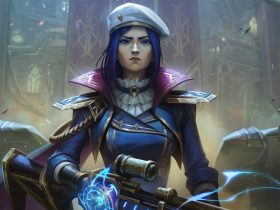


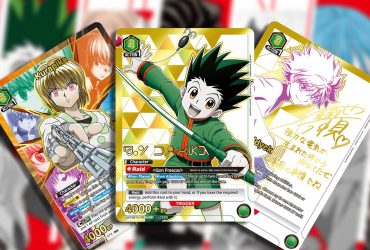
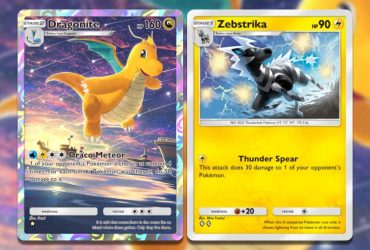
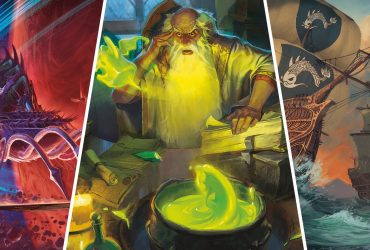
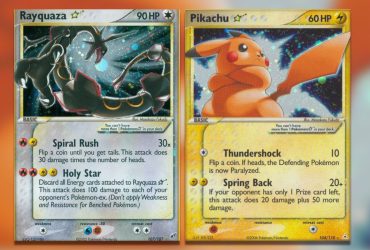

Leave a Reply